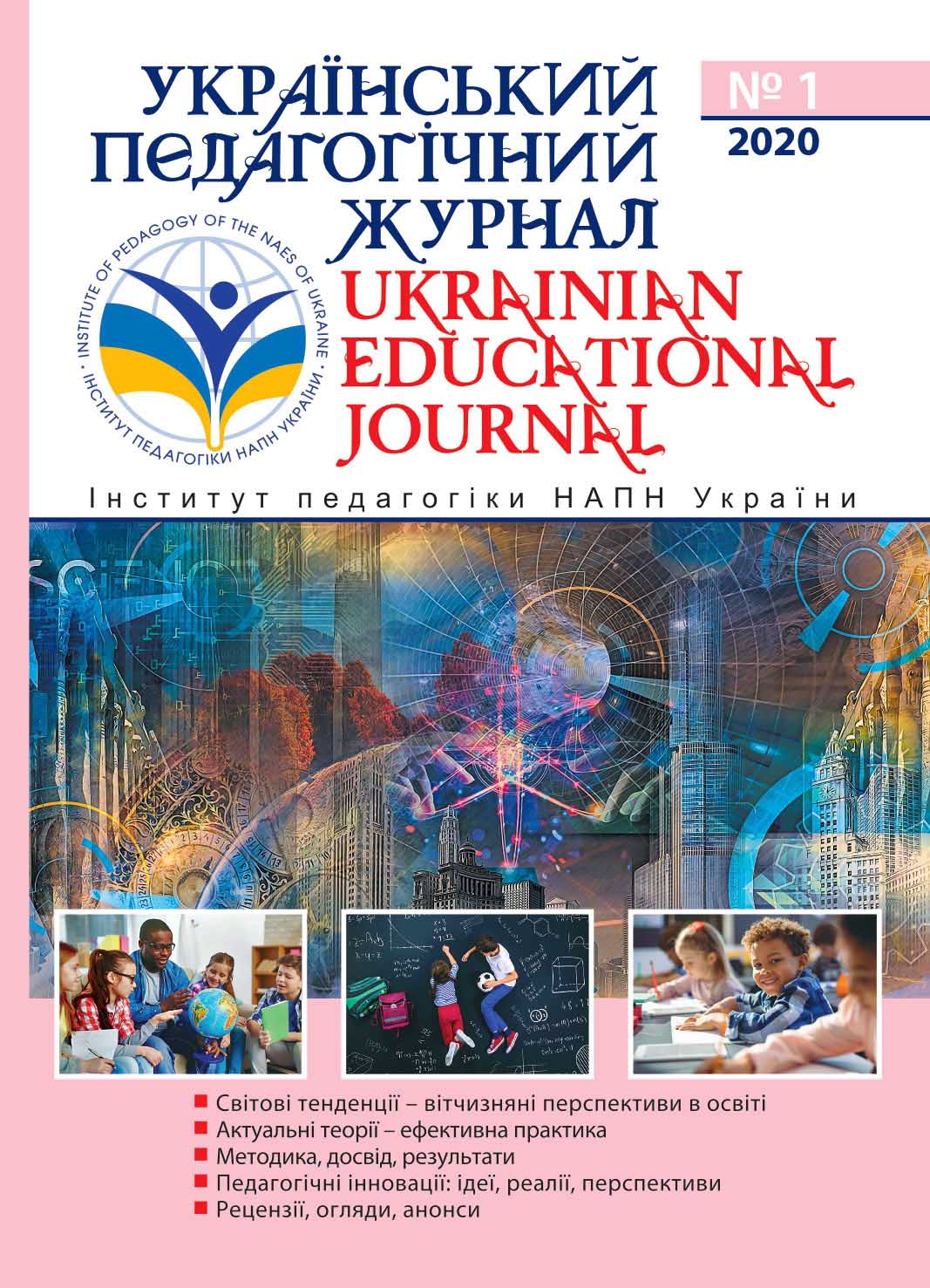Abstract
The article presents the results of an experimental study of the features of the impact on the performance of testing of high school students of the composition of tests, the internal structure of which is determined by the different order of placement of test tasks, and the profile specialization of students of grade 10. The study was conducted using two parallel variants of test tasks, unified in content and complexity. The test structures differed in the order in which the tasks were placed: a) increasing the level of complexity of the test tasks, b) according to the logic of the subject of study. The experimental study at the educational level of the senior grades of secondary school showed that the effective indicator of the level of educational achievement of students using tests, structured according to the logic of the subject of study, is not statistically different from the result obtained when using tests, the structure of which provides consistent tasks, but are significantly dependent on the profile specialization of high school students. Two-factor variance analysis showed that, in general, the influence of the factor "test composition" on the performance of the test is 0.65%, while the influence of the factor "specialization" is 92.7%.
The first conclusion allows the authors, in the process of creating the tests, to avoid the need to assess the complexity of the test tasks, which is, in most cases, subjective. Dependence of performance indicators of tests on specialization indicates that tests of different configuration act their main function - to determine the level of academic achievement of high school students in that part of the academic subject that is determined to be evaluated by the content and complexity of the test. Structuring the test according to the logic of the study of the subject, in our opinion, has several advantages: a) the optional subjective assessment of the relative complexity of the test task, b) helps the student to learn the logic of the studied fragment.
The paper describes in detail the methodology of the study, the basic formulas on the basis of which the main characteristics of the objects of study were calculated.

This work is licensed under a Creative Commons Attribution-NonCommercial-ShareAlike 4.0 International License.

